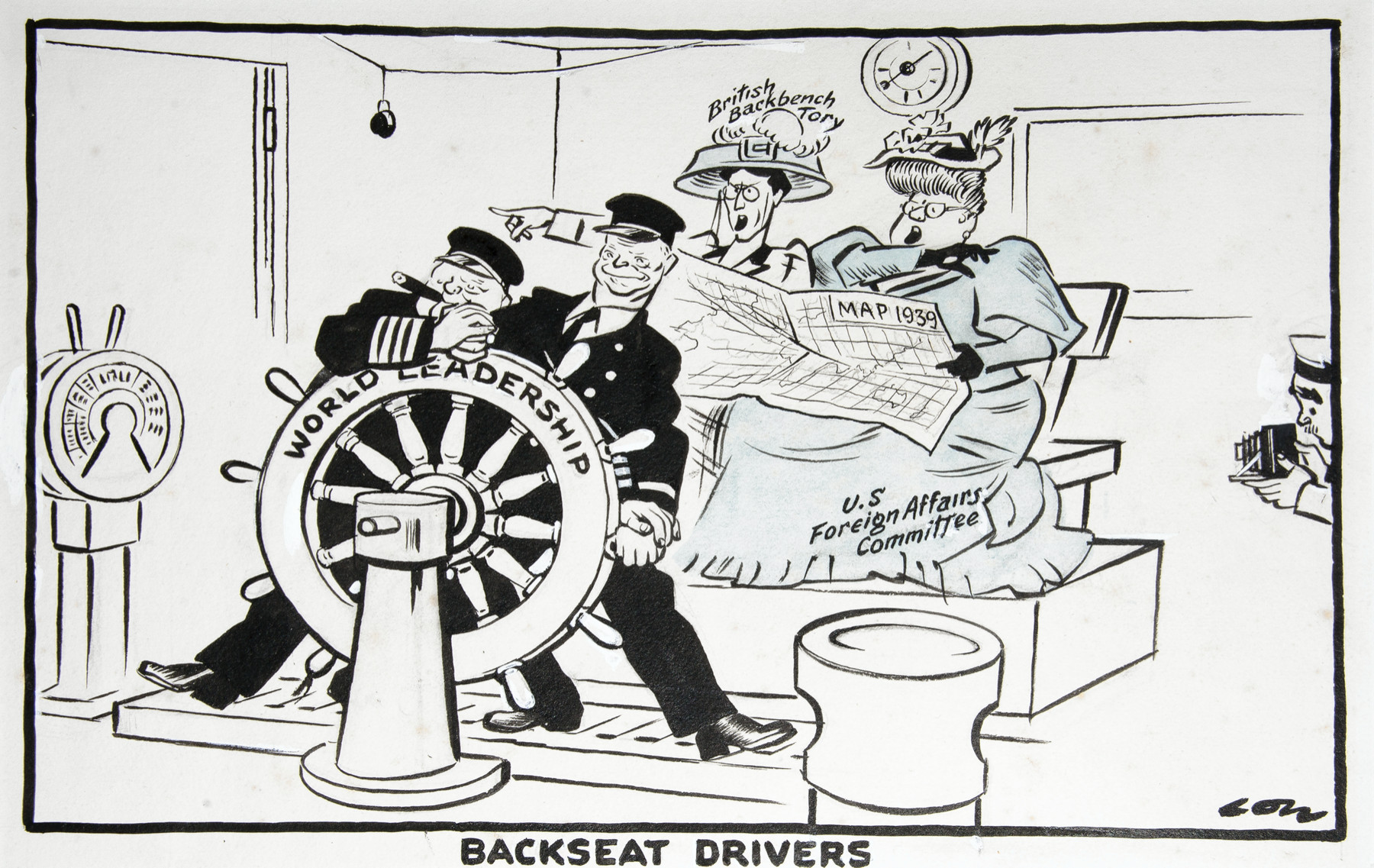
(click image to enlarge)
In June 1954, Prime Minister Winston Churchill travelled to the United States to meet with President Dwight D Eisenhower. The visit was the fourth and final transatlantic trip that Churchill had made since January 1952, and was a follow-up meeting to the Conference held in Bermuda in December 1953 between Churchill, Eisenhower and the French Prime Minister, Joseph Laniel. These meetings were largely to reaffirm the roles of Britain, France and the United States as global leaders in the post-Second World War era, and to discuss the use of Nuclear weapons and the growing threat of Communism and the Soviet Union. Churchill had got on well with Eisenhower’s predecessor, Harry S Truman, but relations between he and Eisenhower, though cordial, were lukewarm. Churchill was unimpressed with Eisenhower and saw him as little more than a ‘ventriloquist’s dummy’ for the US Secretary of State, John Foster Dulles. He was also dismayed at Eisenhower’s seeming flippancy towards the global danger of nuclear weapons. In turn, Eisenhower and the Americans felt that Churchill was on the decline, not only physically but politically, having lost his sharpness and was stubbornly against considering new ideas.
On 29 June, it was announced that Churchill and Eisenhower had signed the ‘Potomac Agreement’. This seemed to be little more than an affirmation of the ongoing spirit of friendship and cooperation of Britain and the United States. There was a sense in the press on both sides of the Atlantic that this meeting, which was recorded on film, was little more than a propaganda exercise and that the real drivers of policy in Anglo-American relations were behind the scenes, in the Conservative cabinet and back benches and the US Foreign Affairs Committee. In the present cartoon, published as Churchill’s visit to Washington was coming to an end, a self-portrait of David Low appears to the side of the image, taking a snap of the ‘photo op’ of the two world leaders attempting to steer the same wheel at the same time, while their respective parties direct them from the back seat.
The attire of the ‘backseat drivers’ is possibly an allusion to the musical, Show Boat, which had recently opened at the New York City Center. Based on Edna Ferber’s 1926 novel, the musical followed the stories of performers and stagehands on a Mississippi show boat, Cotton Blossom. It had first appeared on Broadway in 1927 and in the West End the following year. Show Boat was also adapted for the screen on three occasions, in 1929, 1936 and 1951.